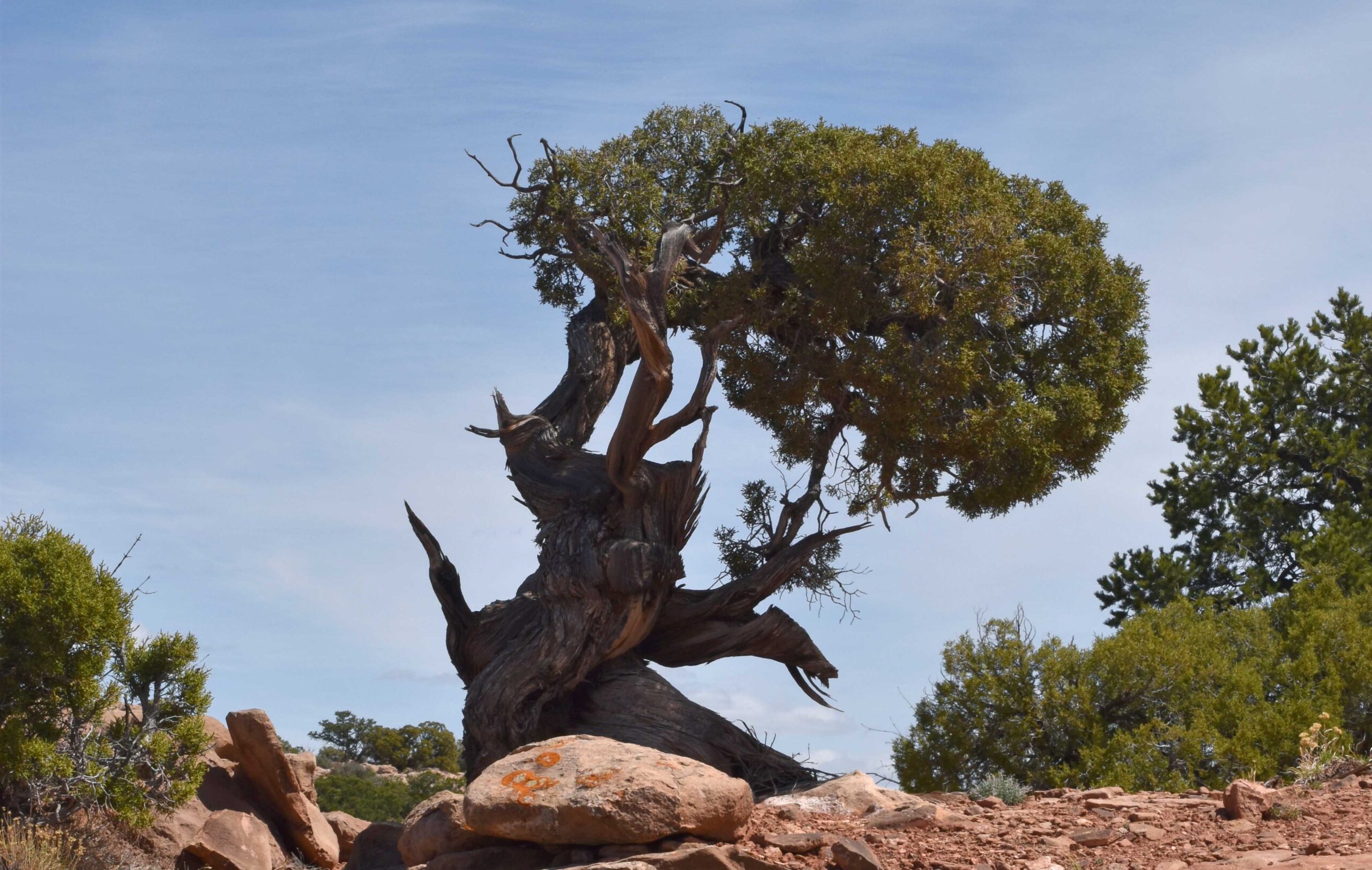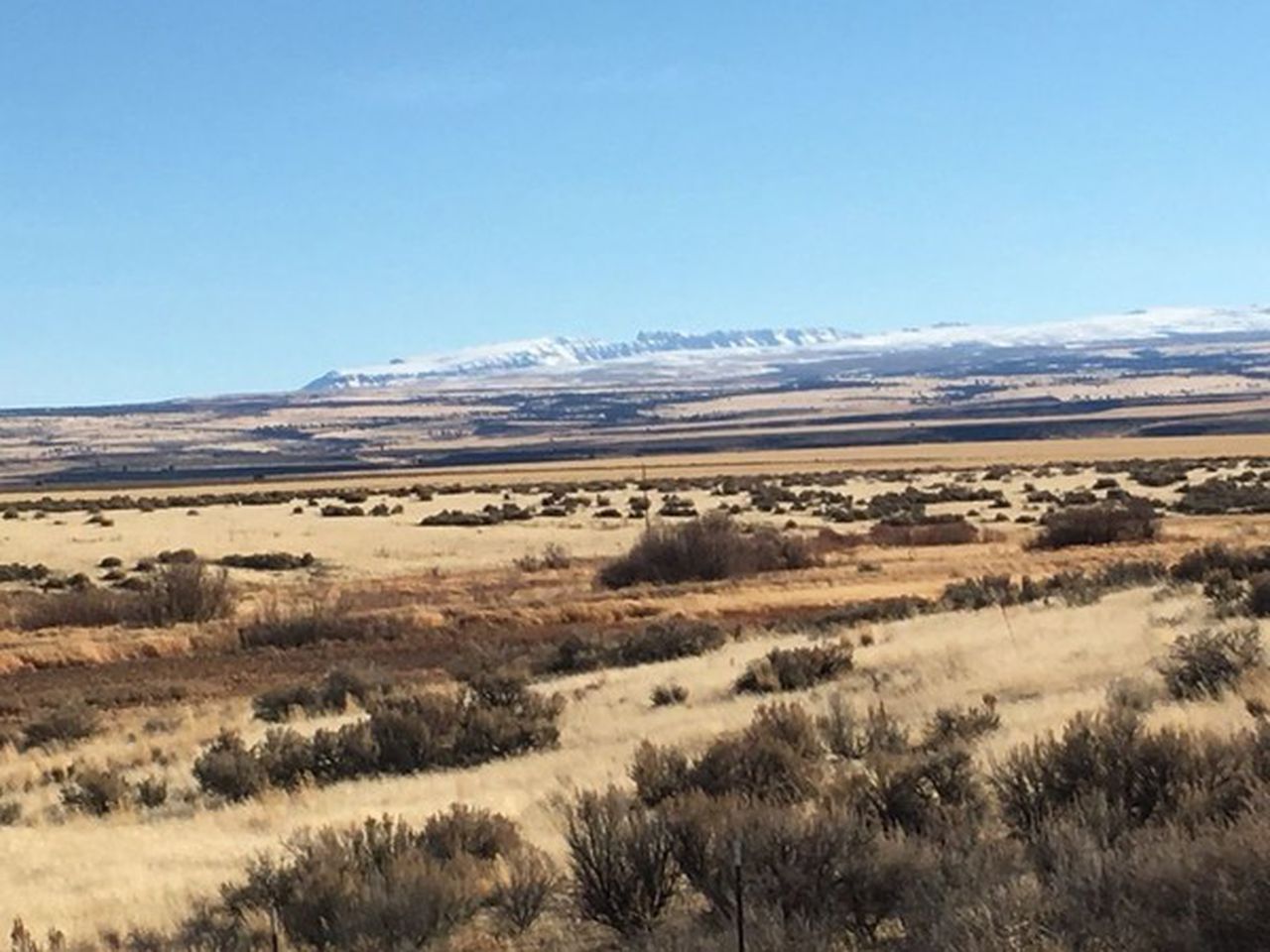Grazing and Livestock
-
Cattle congregating in the riparian area, Chama, New Mexico. Photo George Wuerthner SOIL CARBON AND LIVESTOCK Rangelands make up a large proportion of the Earth’s surface, and the soils hold a significant amount of sequestered carbon (Schuman,G.E et al. 2001). Rangelands are estimated to contain more than one-third of the world’s above and below ground…
-
Rocky Mountain Bighorn Sheep Ram. Photo George Wuerthner Bighorn sheep acquired their name for the large circular horns of the mature rams. They are strongly associated with mountain terrain, particularly steep hills and cliffs, which protect them against predators. They graze upon grasses and other plants. In general, bighorns are associated with drier parts of…
-
“What’s in a name? That which we call a rose, by any other name would smell as sweet.” What should we call the diverse, wild, inspiring but scarred peninsula sliding very slowly past us, jurisdictionally in West Marin County, California, but geologically across the San Andreas Fault, on the Pacific Plate, going steadily its own…
-
The dawn breaks each morning on a hundred different mountain ranges in the Great Basin, with few human eyes to see it. Many of these mountain chains will be unfamiliar to most – the Toquimas, the Wah Wahs, the Goshutes, the Sheeprocks, the Fox Range – but the one thing they all have in common…
-
Cattle grazing in designated wilderness at the Mojave National Preserve, California. Photo George Wuerthner Cows in designated wilderness areas? Does that seem like an oxymoron? Wilderness Areas are supposed to be places where natural processes and native species are given priority. With the election of the Biden administration, it may be time to reconsider…
-
Dear Oregon Bureau of Land Management staffers, I am writing today to ask you to please defend the proper administration of public lands. The recent decision to award Hammond Ranches, Inc. a livestock grazing permit and grazing preference to use four allotments in the Burns Field Office appears to have been politically influenced, and we…
-
A week ago, eight prominent scientists sent a letter to the Bureau of Land Management (BLM) declaring that the agency’s proposed Tri-State Fuel Break (TSFB) is flawed and will endanger sagebrush ecosystems. The Final Environmental Impact Statement (“FEIS”) and other project documents are available on the agency’s website at https://eplanning.blm.gov/eplanning-ui/project/42341/510. To quote the scientists: “If…
-
If cattle graze to bare soil, it is true that fires are slowed under such conditions, but the ecological impacts are enormous. Photo George Wuerthner When I worked for the BLM, us “ologists” (hydrologist, ecologists, biologists, archaeologists, geologists, and botanists) used to refer to Range Conservationists as Range “Cons” because they conned the public into…

